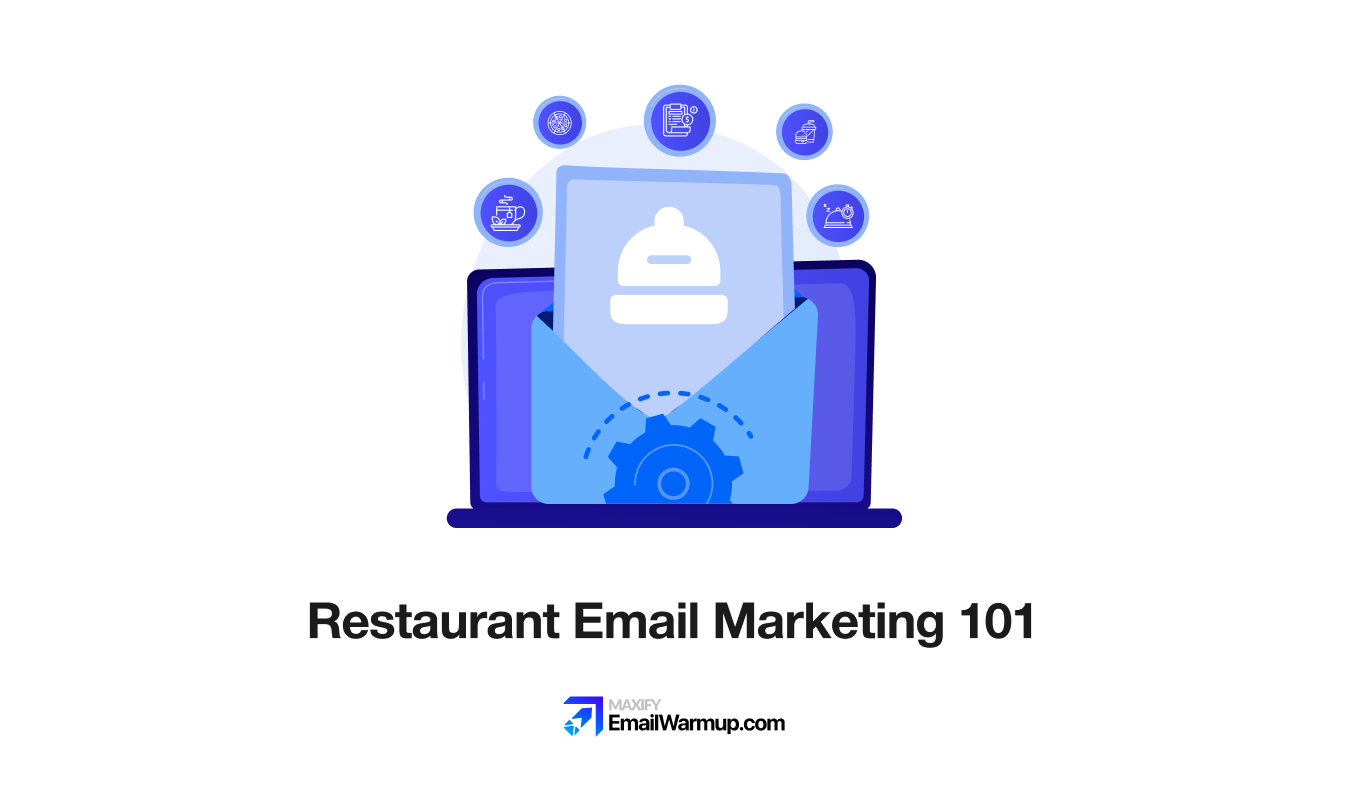
Restaurant email marketing helps one-time visitors keep coming back. And it has got a good ROI. For every dollar you spend, you get between $36 and $42 back, depending on your program maturity (Litmus, 2020), making it the most profitable channel available.
As an email marketing consultant who has helped dozens of restaurants get repeat customers over the years, I’ve prepped this restaurant email marketing 101 guide that covers:
- Email metrics that you should measure
- How to build your email list the right way
- Campaign types that fill your empty tables
- Writing tactics that make people physically hungry
- Why email beats every other channel when bringing customers back
Let’s start building a loyal base of regulars who keep your tables full.
TLDR: Quick skim — Restaurant email marketing essentials
Before we get into the details, here’s what actually works (so you can skip straight to implementation if you’re in a hurry).
| Strategy | Why it works | Key benchmark | Quick win |
| Automated welcome emails | Catches interest when it’s hottest | 50-70% open rate | Offer 10% off next visit |
| Segmented campaigns | Right message to the right people | 10-15% revenue lift (McKinsey & Company, n.d.) | Split the list by visit frequency |
| Win-back emails | Recovers customers before they forget you | Test and track your rate | Email anyone inactive for 60+ days |
| Professional food photos | Makes people physically hungry | Boosts selection likelihood (Hou et al., 2017) | Hire a photographer for signature dishes |
| Birthday offers | Gives celebration reason | Strong conversion rates | Send 7-10 days before the birthday |
Why does email work so well for restaurants?
When someone gives you their email address, they’re doing more than just signing up for promotions. They’re inviting you to reach them directly, which is fundamentally different from hoping they see your social media posts.
That invitation makes all the difference, because permission marketing (as Seth Godin calls it) means delivering “anticipated, personal, relevant messages” to people who actually want them (Godin, 2008).
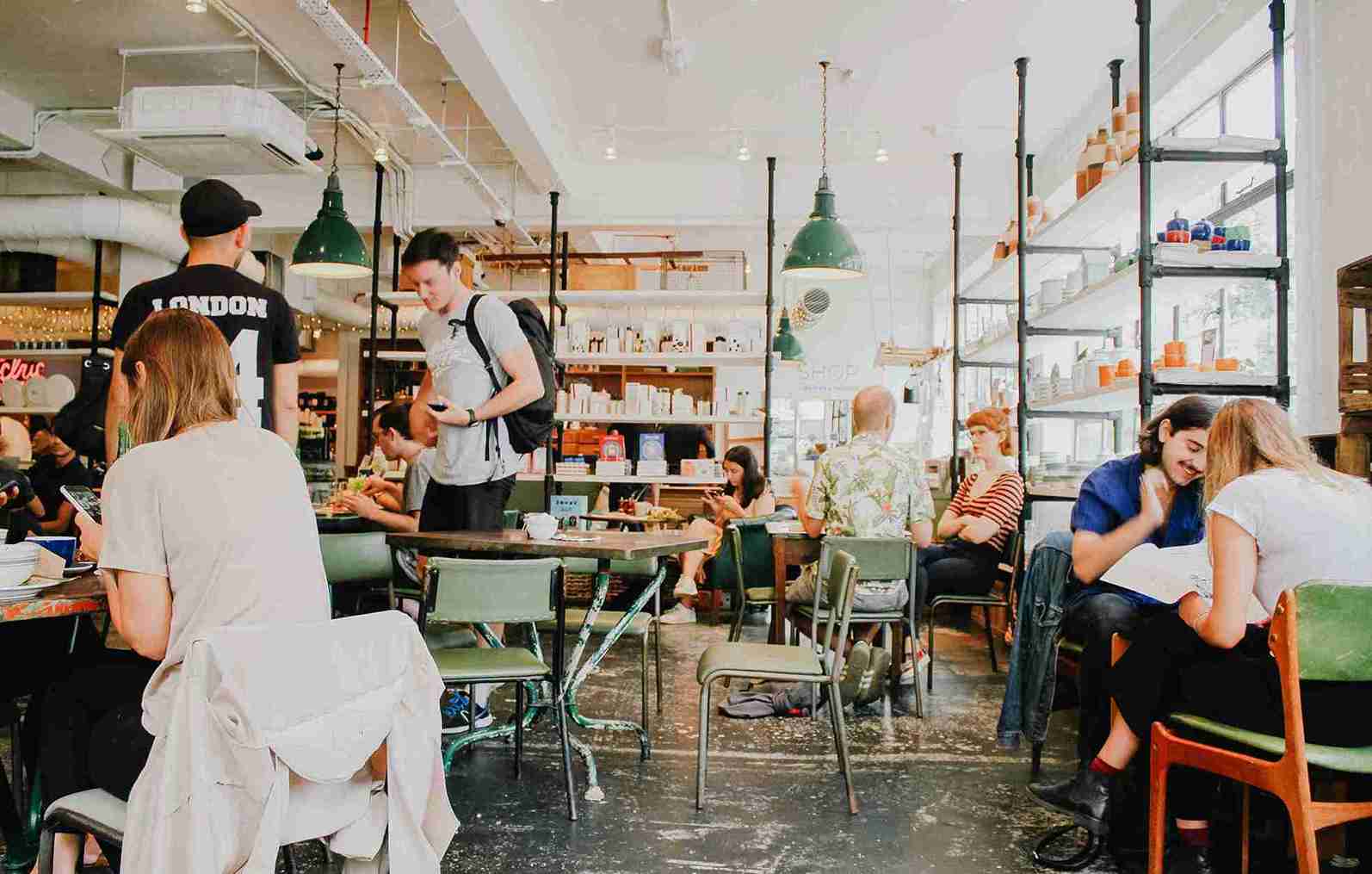
The returns speak for themselves. Email generates $36-$42 for every $1 spent, depending on sector and program maturity (Litmus, 2020), which crushes every other marketing channel you’re probably using.
Moreover, you own your list, which means no algorithm arbitrarily decides whether your Tuesday special reaches your customers. Meanwhile, third-party marketplaces like DoorDash happily take 15-30% commissions on every single order (DoorDash, n.d.), and email becomes your most powerful lever to recapture that margin.
The table below shows exactly why email consistently outperforms other channels for restaurants.
| Benefits | Numbers to back it up |
| Repeat customer value | Spend 67% more than new customers |
| Email vs social media | 40x more effective at acquisition (McKinsey, 2014) |
| Restaurant open rates | 18.5% baseline (Campaign Monitor, 2022) |
| Personalization impact | Fast growers get 40% more revenue from it (McKinsey & Company, n.d.). |
How do you build an email list for your restaurant?
Buying lists destroys your sender reputation and gets you marked as spam immediately. Here’s how to build an email list for your restaurant organically:
| Collection method | Where to use it | What works |
| Online ordering | Checkout flow | Automatic collection |
| QR codes | Tables, menus, receipts | Instant signup |
| Wi-Fi access | In-store | Small trade for connectivity |
| Loyalty programs | First purchase | Required for points |
| Website forms | Pop-ups, footer | Catch leaving visitors |
| Reservation systems | Booking flow | Built into the process |
Your customers already give you opportunities to collect information daily through online orders, reservations, and loyalty signups. You just need systems to capture it without making people feel hassled.
How to convince restaurant customers to share their email?
Nobody wants another promotional email unless you give them compelling value upfront. Research shows free dramatically shifts choice behavior versus small discounts (Shampanier, Mazar & Ariely, 2007).
- Birthday rewards
- 10-20% off next meal
- Early access to events
- Free appetizer or dessert
Test “Free side dish” versus “10% off” because perception drives behavior more than objective value.
Why and how to segment your restaurant’s email list?
Sending identical emails to everyone costs you money. Your vegetarian customers don’t care about ribeye specials, lunch crowds won’t show up for happy hour, and infrequent visitors need different messaging than regulars.
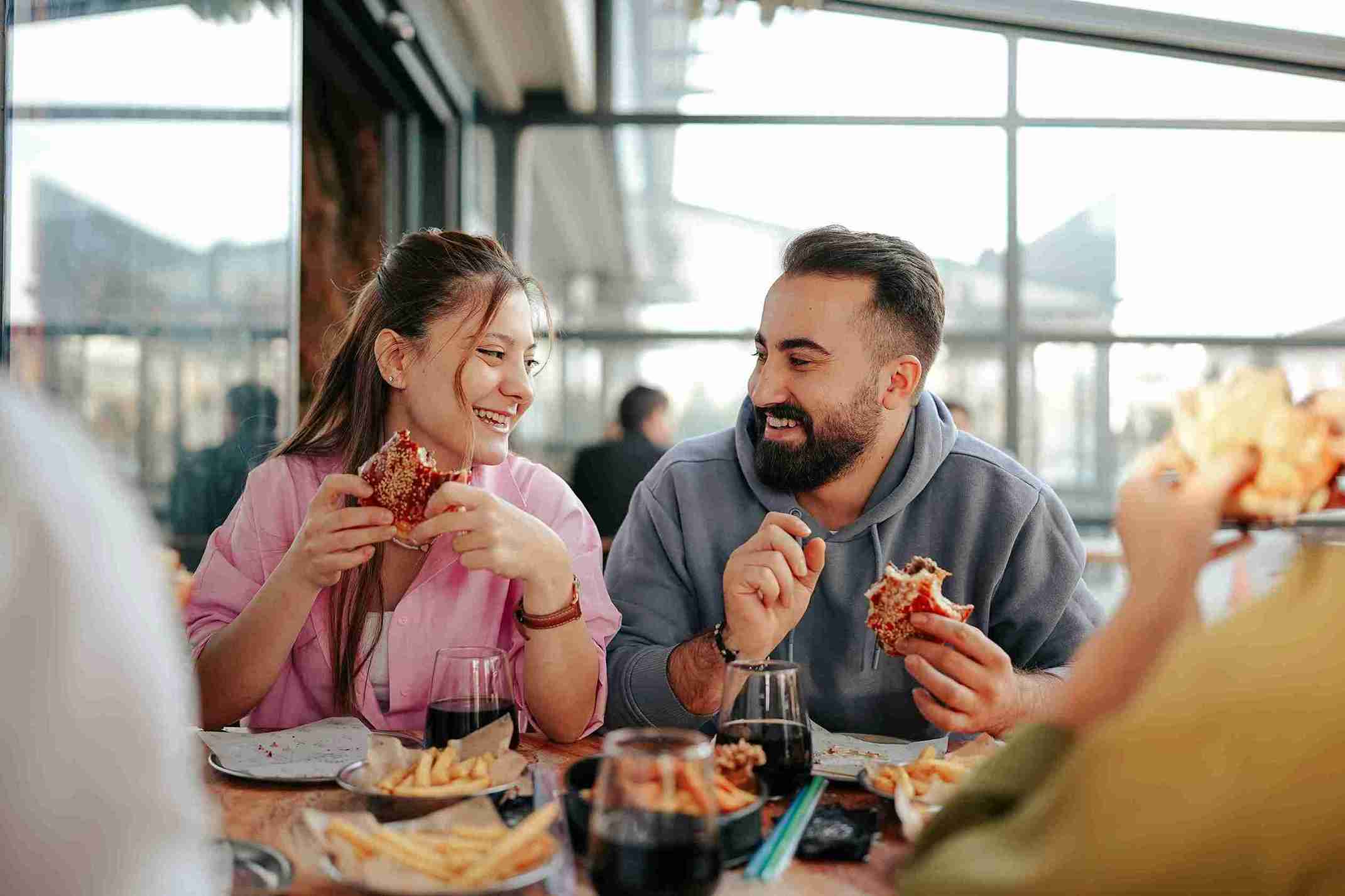
Segmentation means dividing your list by behavior, preferences, or characteristics, then tailoring messages accordingly. When you send targeted messages, people read them and take action. Generic emails get ignored or marked as spam (hurting deliverability for everyone).
Personalization commonly drives a 10-15% revenue lift, and fast growers get 40% more revenue from it than slower peers (McKinsey & Company, n.d.).
| Segment | What to send | Result |
| New customers | Welcome sequence | Convert to regulars |
| Frequent diners | VIP offers | Increase spend |
| Lapsed (60+ days) | Win-back with incentive | Recover revenue |
| Location-based | Local events | Fill specific locations |
| Dietary preferences | Relevant items only | Higher conversions |
| Visit time patterns | Time-appropriate offers | Target the right crowd |
| Weather-triggered | Rain = soup, heat = drinks | Behavioral patterns |
Your POS and loyalty program already collect this data. Marketing platforms like Klaviyo, Toast, or Mailchimp pull information from existing systems and sort customers automatically.
Also, birthday emails deserve special attention. Send offers 7-10 days before birthdays, not on the day itself. By birthday arrival, they’ve already made dinner plans elsewhere.
What types of emails should you send as a restaurant?
Restaurants succeed by balancing automated campaigns (running continuously) with promotional campaigns (capitalizing on specific opportunities). You need both, because automation handles consistent nurturing while promotional emails drive immediate action.
| Campaign type | When it sends | Purpose | Key metric |
| Welcome sequence | After signup | Deliver incentive | 50-70% open |
| Birthday offers | 7-10 days before | Drive visits | Track conversion |
| Win-back | After 30/60/90 days | Prevent churn | Monitor returns |
| Abandoned cart | Within 1-2 hours | Recover orders | Track completion |
| Post-visit feedback | 24-48 hours after | Request review | 80-85% open |
| Reservation reminders | 24-48 hours before | Reduce no-shows | Monitor shows |
| Loyalty progress | Near threshold | Nudge completion | Visit frequency |
UK restaurants using automation report £727 average revenue per automated campaign (The Guardian, 2024), and these run without ongoing work once set up properly.
How to use promotional campaigns to fill your restaurant’s tables?
Promotional emails are one-time sends planned around events, seasons, or opportunities, creating urgency.
- Weekly specials
- Seasonal launches
- Limited-time offers
- Direct ordering campaigns
- Event invitations (wine tastings, live music)
- Holiday promotions (Valentine’s, Mother’s Day, Christmas)
Timing matters enormously. Your Valentine’s Day promotion should go out in early January, not early February. By late January, everyone’s already made reservations elsewhere.
Additionally, “Free appetizer” often outperforms “10% off” due to zero-price psychological advantage (Shampanier, Mazar & Ariely, 2007).
How do you write emails that get opened and clicked?
Your subject line determines everything. If it doesn’t grab someone in two seconds, your email dies unread. Keep subject lines under 41 characters because mobile devices cut off anything longer.
Test scarcity approaches (“last 12 seats tonight”), social proof (“2,136 booked this month”), and personalized variants. What works for casual joints might fail for fine dining.
Subject line formula
Here’s certain stuff that you can do with your subject lines to get higher opens:
- Mention the offer clearly upfront
- Create urgency with deadline language
- Include the recipient’s name when natural
- Test different approaches constantly
- Add one emoji if it fits the brand
Avoid spam triggers like “FREE!!!” in all caps with excessive punctuation. Write like a human talking to another human. Also, the preheader text gives you 40-130 additional characters. “Your Tuesday dinner is sorted” (subject) plus “20% off tacos tonight only” (preheader) tells a complete story before opening.
Design elements that trigger hunger
Menu and email images of your actual dishes boost selection and willingness to pay (Hou et al., 2017). Amateur photos kill appetite while professional shots make people hungry.
| Element | How to use it | Why it matters |
| Food photos | Professional shots of actual dishes | Amateur kills appetite |
| Mobile design | Single-column responsive | Most read on phones |
| Call-to-action | One clear button, contrasting color | Specific language converts |
| Copy length | Minimal text, one message | Confusion kills action |
| Branding | Consistent colors, fonts, logo | Instant recognition |
| CTA count | One per email | Multiple reduce clicks |
Your CTA button should be impossible to miss. Use contrasting colors and make it large enough to tap easily. “Order Your Favorite Pasta” converts better than generic “Click Here” because it creates specific mental images.
Also, every email needs exactly one goal. Trying to promote lunch, dinner, and catering all at once confuses people. Pick one message and drive toward single conversion.
How to write a compelling body for your restaurant’s emails?
With your design elements and single-goal CTA in place, the email’s body copy has one job: to make the reader feel the experience and click that button. The goal is to move from “reading” to “tasting.” Use these copywriting tactics to make your menu items and offers irresistible.
| Tactic | Description | Restaurant email example |
| Sensory language | This is the heart of all food writing. Go beyond “delicious.” Use vivid adjectives that appeal to taste, smell, sound, and touch to make your dishes feel real. | “Our new butternut squash soup is a velvety-smooth, slow-simmered bisque, finished with a drizzle of browned butter and crisp, savory sage.” |
| Storytelling | Connect with readers on a human level. Share the origin of a dish, introduce your head chef, or talk about your local farm partners. This builds a brand, not just a promotion. | “This recipe comes from Chef Maria’s childhood in Naples. Her grandmother’s Sunday-only rigatoni is here for one week only, using fresh tomatoes from Green Valley Farms.” |
| Exclusivity (insider status) | Make your email list feel like a private club. Give them first access, a “secret” menu item, or a special offer just for subscribers. This rewards loyalty and encourages action. | “Just for our email family: You get first access to book our New Year’s Eve tables before we announce it to the public tomorrow.” |
| Deeper personalization | Your subject line used their name. Now use the body copy to show you know them. Segment your list to send relevant offers based on past orders or preferences. | “Hi [Name], we know you love our vegetarian options. Come try our new wood-fired mushroom and artichoke pizza!” |
What restaurant email marketing metrics should you track?
Apple Mail Privacy Protection has distorted open rates (Litmus, 2023), so shift focus toward clicks, conversions, and revenue per email. Opens remain directional but aren’t reliable anymore.
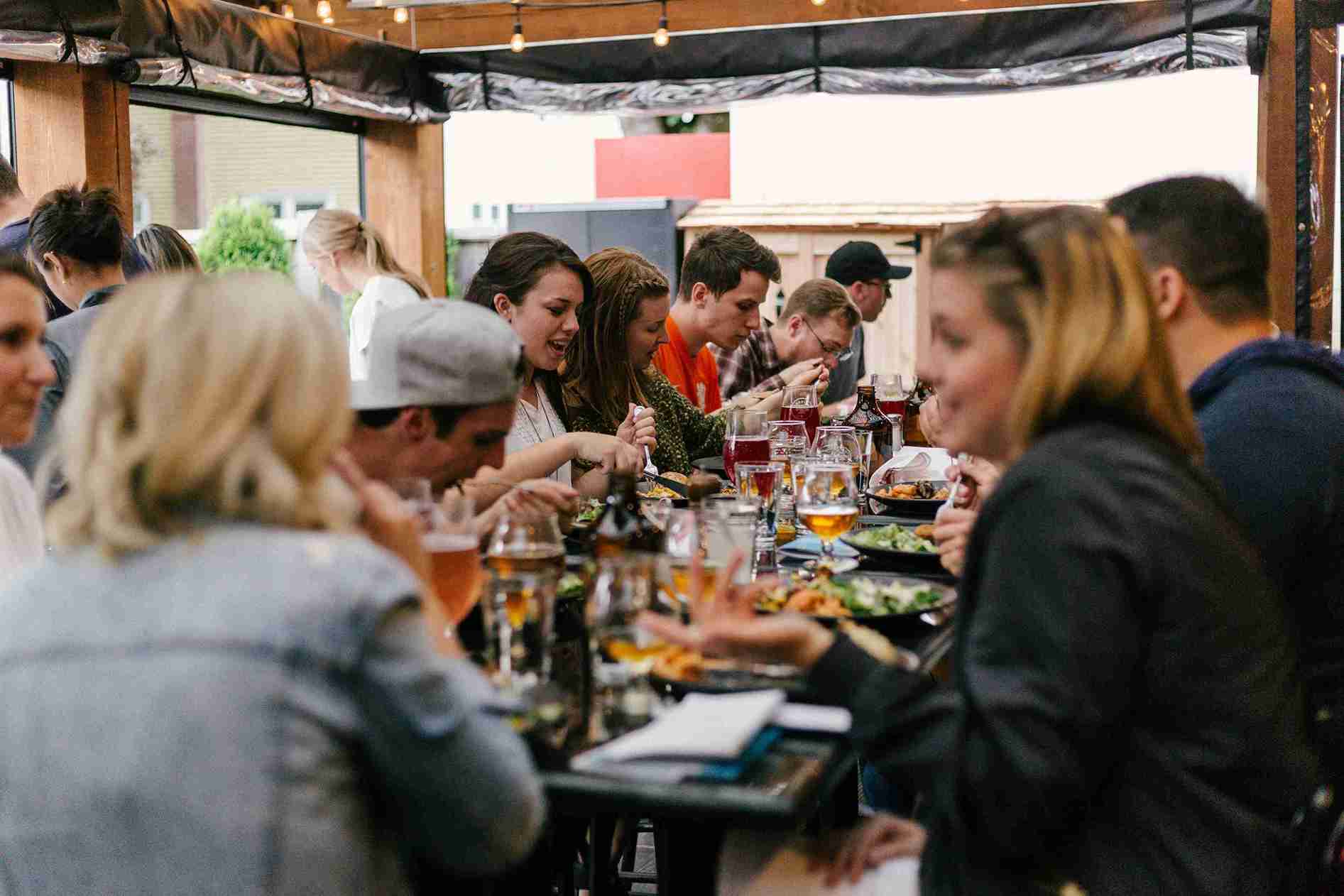
Campaign Monitor shows Restaurant/Food & Beverage at 18.5% open and 2.0% click baseline (Campaign Monitor, 2022), but build your own numbers.
| Metric | Typical range | What it reveals | Action threshold |
| Click-through rate | 1.2-2.4% | Content resonance | Below a 1% needs new offers |
| Click-to-open rate | 2.9-10.5% | Content conversion | Low means improve CTA |
| Conversion rate | Varies | Actual orders | Track revenue per email |
| Unsubscribe rate | Under 0.28% | Frequency issues | Above 0.3% reduction |
| Complaint rate | Below 0.3% | Deliverability threat | Aim for 0.1% or lower |
| Revenue per email | Your baseline | Campaign profitability | Compare campaigns |
Conversion rate pays your bills — opens and clicks don’t fill tables or generate revenue. Tag campaigns in your POS to see exactly how much money each generates.
Also, your complaint rate directly impacts reach. Keep spam complaints well below 0.3% (enforcement threshold), aiming for 0.1% or lower (Google, 2024).
How often should you email your restaurant’s customers?
Most restaurants either email too much (annoying customers) or too little (letting competitors stay top-of-mind). The sweet spot sits around 1-2 emails per week.
Know that consistency matters more than frequency. If you send two emails weekly, customers expect them. However, erratic patterns (five one week, none the next, three the following) train people to ignore you.
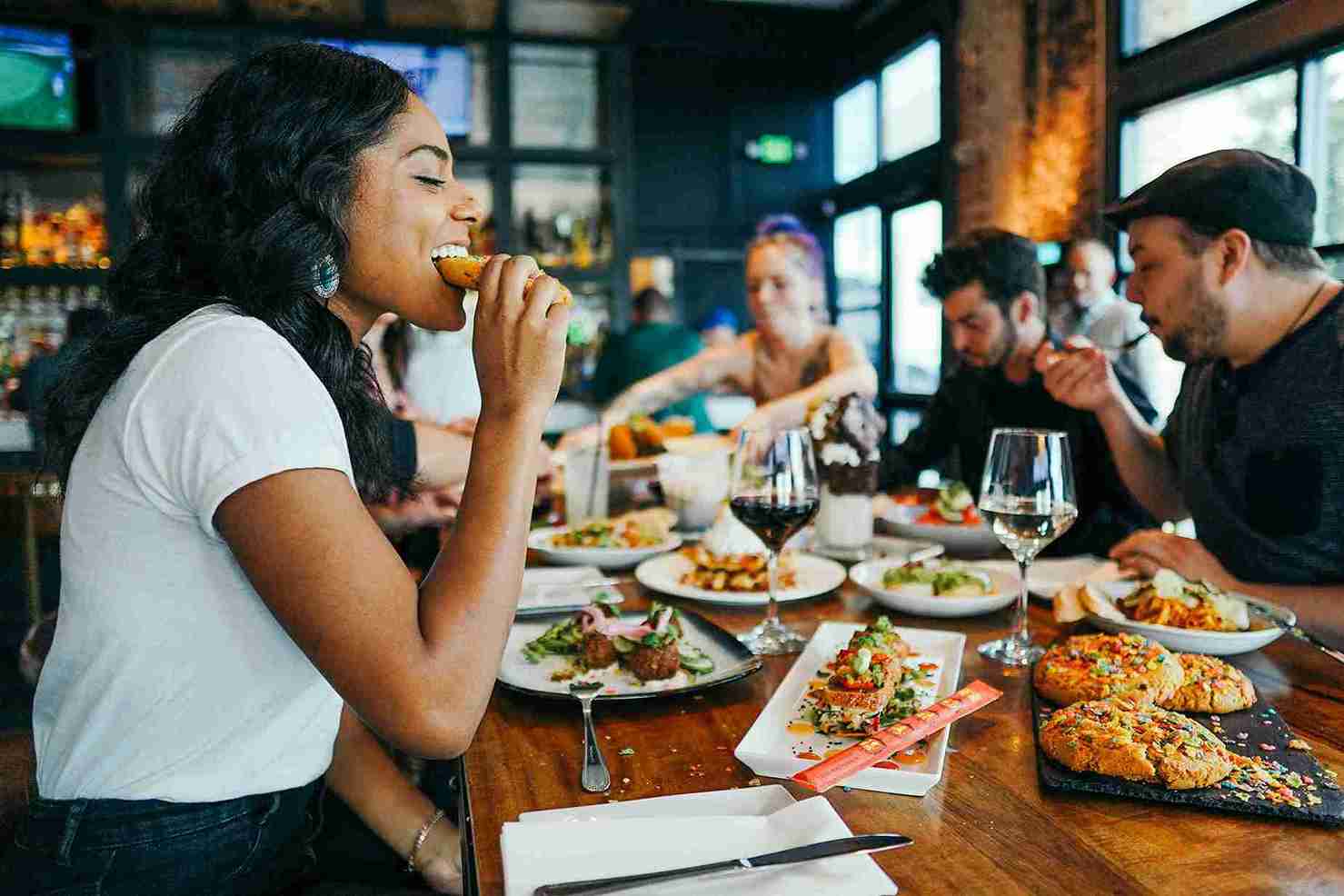
Moreover, balance email types rather than sending three discounts consecutively. Mix in behind-the-scenes content, staff spotlights, customer stories, or recipes alongside promotional offers.
An interesting fact to know is that day performance varies by audience, so test your customers rather than assuming certain days work better.
Stop losing customers after their first visit
Most restaurants let customers disappear without follow-up. They hope diners remember to return someday, but hope isn’t a strategy. Email transforms one-time customers into regulars, and that shift separates thriving restaurants from those barely surviving.
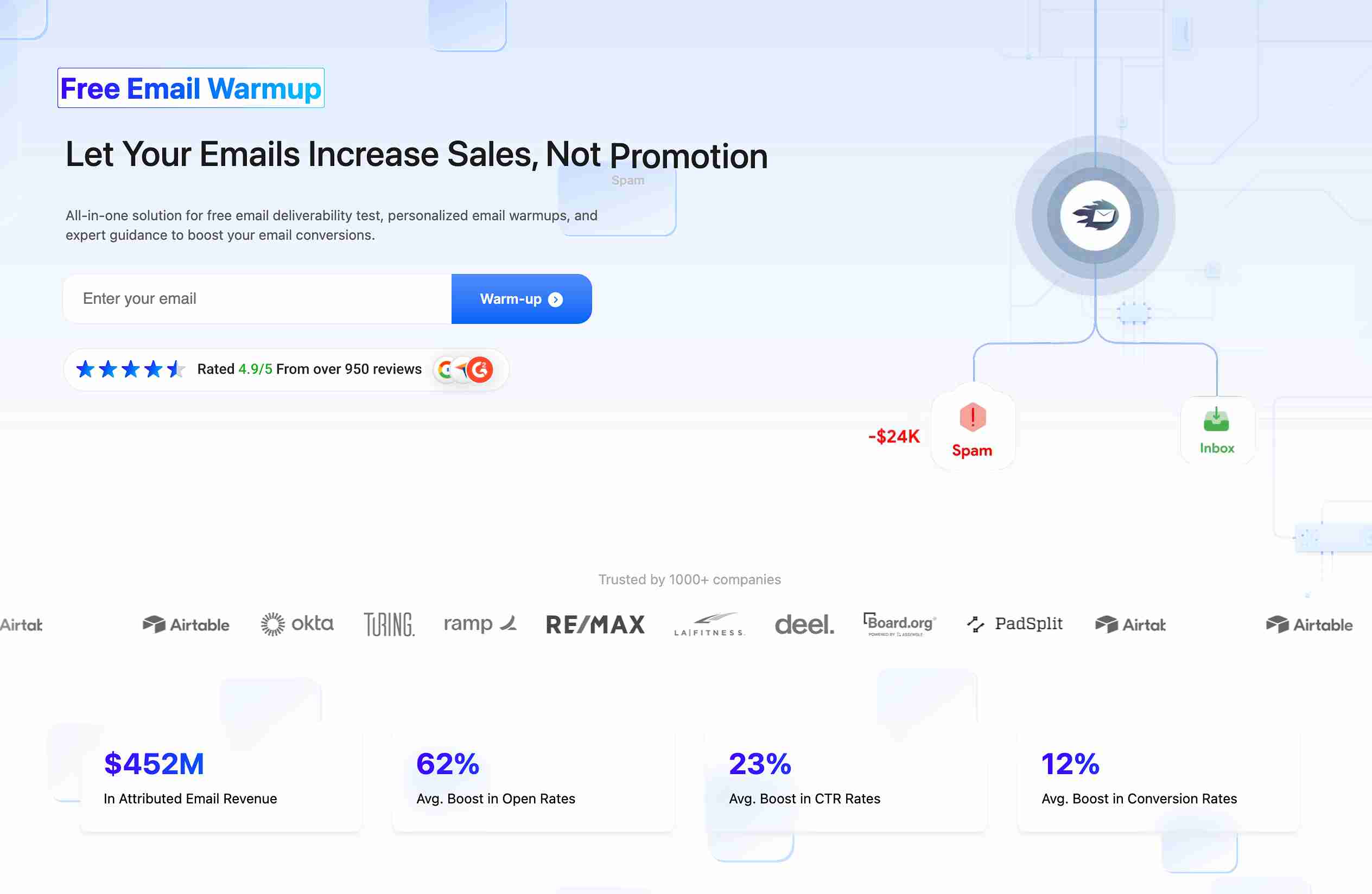
EmailWarmup.com helps restaurants maintain the sender reputation needed to reach inboxes consistently. Generic warmup services send random emails triggering spam filters and damaging deliverability. Our AI analyzes your sequences and replicates them naturally.
Here’s what you get:
- Personalized email warmup matching campaign style
- Take an email deliverability test before sending
- Real-time email spam checker showing where emails land
- Access to an email deliverability consultant assigned to the account
- Technical setup handled completely (SPF, DKIM, DMARC)
Your food deserves to be tasted more than once, and your customers deserve emails that reach them.
We can set everything up right away. Want to know how?
Schedule your consultation call
Frequently asked questions about restaurant email marketing
Here are some commonly asked questions about restaurant email marketing:
Day performance varies by audience. Test different days and track which generates the most conversions for your customers.
Both. Automated campaigns run continuously, generating consistent revenue. Promotional campaigns capitalize on holidays and events. Set up automated flows first.
Send a win-back email after 60 days with a compelling offer (free dessert, 15% off, double points). The subject should acknowledge absence without guilt.
Yes. For delivery customers, focus on convenience and direct ordering (to save on third-party fees). For dine-in customers, focus on the experience — new menus, live music, and reservations.
Respond personally and immediately (within 24 hours) with an apology from a manager. Offer a concrete incentive (like a free dessert) for them to return. This direct, human approach can quickly win the customer back.
References
- Campaign Monitor. (2022). Email marketing benchmarks and statistics for 2022.
- DoorDash. (n.d.). Merchant pricing for marketplace and commerce platform.
- Godin, S. (2008). Permission marketing. Seth’s Blog.
- Google. (2024). Email sender guidelines. Google Workspace Admin Help.
- Hou, Y., Yang, W., & Sun, Y. (2017). Do pictures help? The effects of pictures and food names on menu evaluations. International Journal of Hospitality Management, 60, 94-103.
- Litmus. (2020). Email marketing ROI: What leads to better returns?
- Litmus. (2023). The email metrics marketers measure and the ones they should.
- McKinsey & Company. (2014). Why marketers should keep sending you emails.
- McKinsey & Company. (n.d.). The value of getting personalization right or wrong is multiplying.
- McKinsey & Company. (n.d.). What is personalization?
- Shampanier, K., Mazar, N., & Ariely, D. (2007). Zero as a special price: The true value of free products. Marketing Science, 26(6), 742-757.
- The Guardian. (2024, June 15). Guests like to be known: Restaurants luring diners back via personal reservations.


